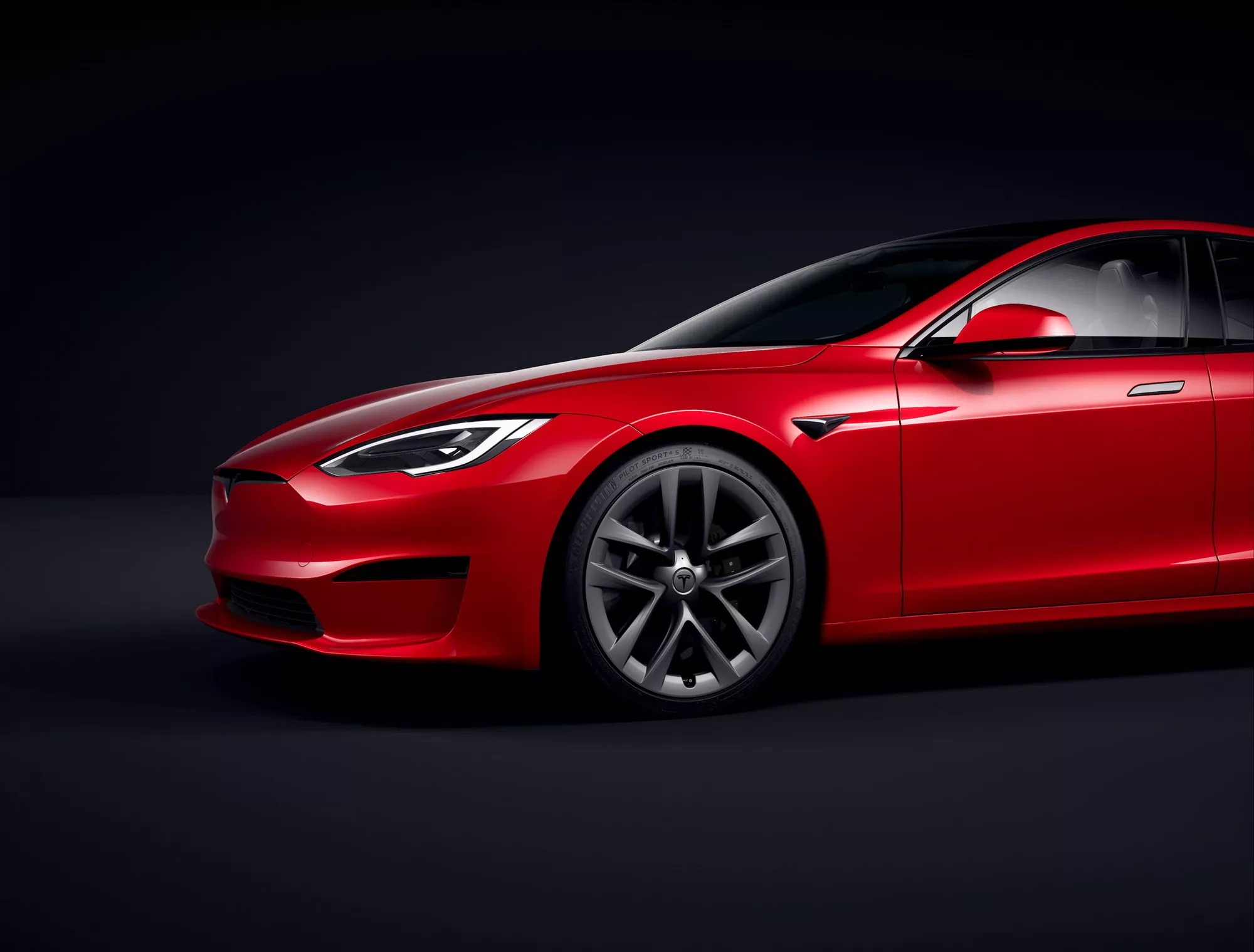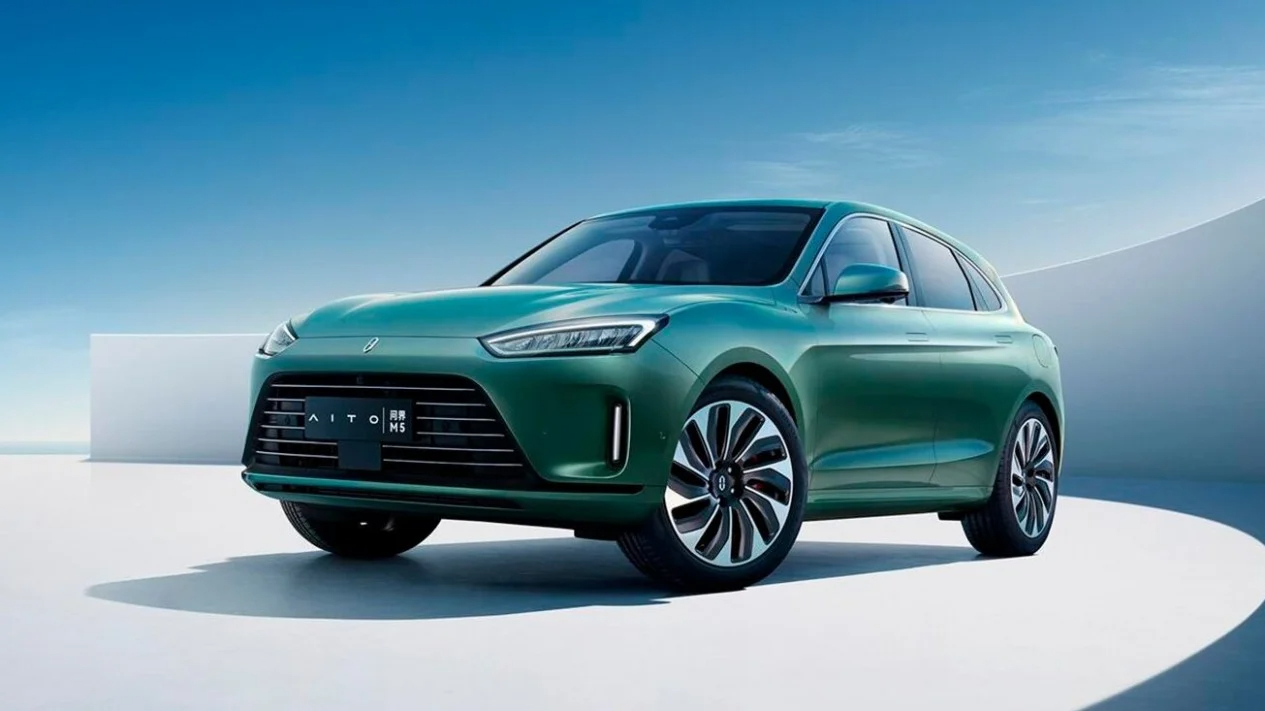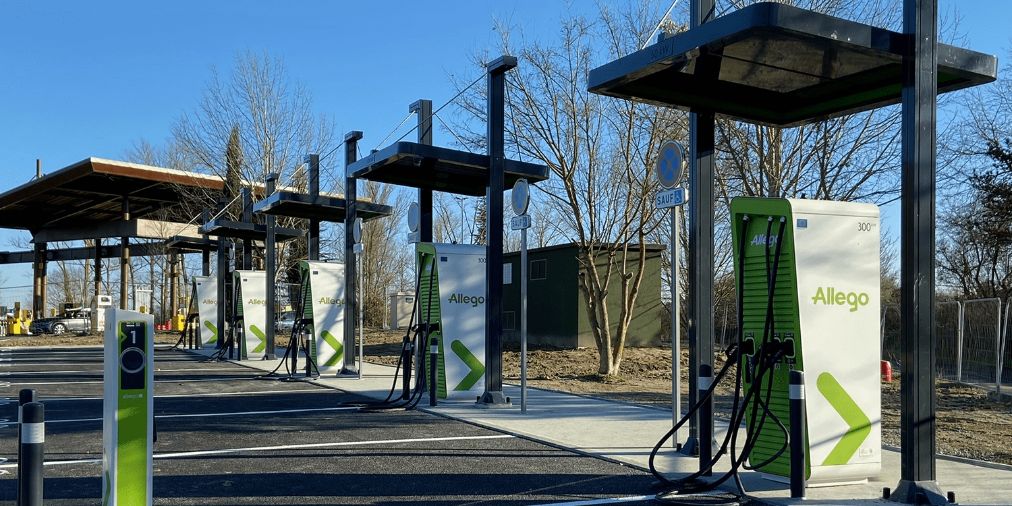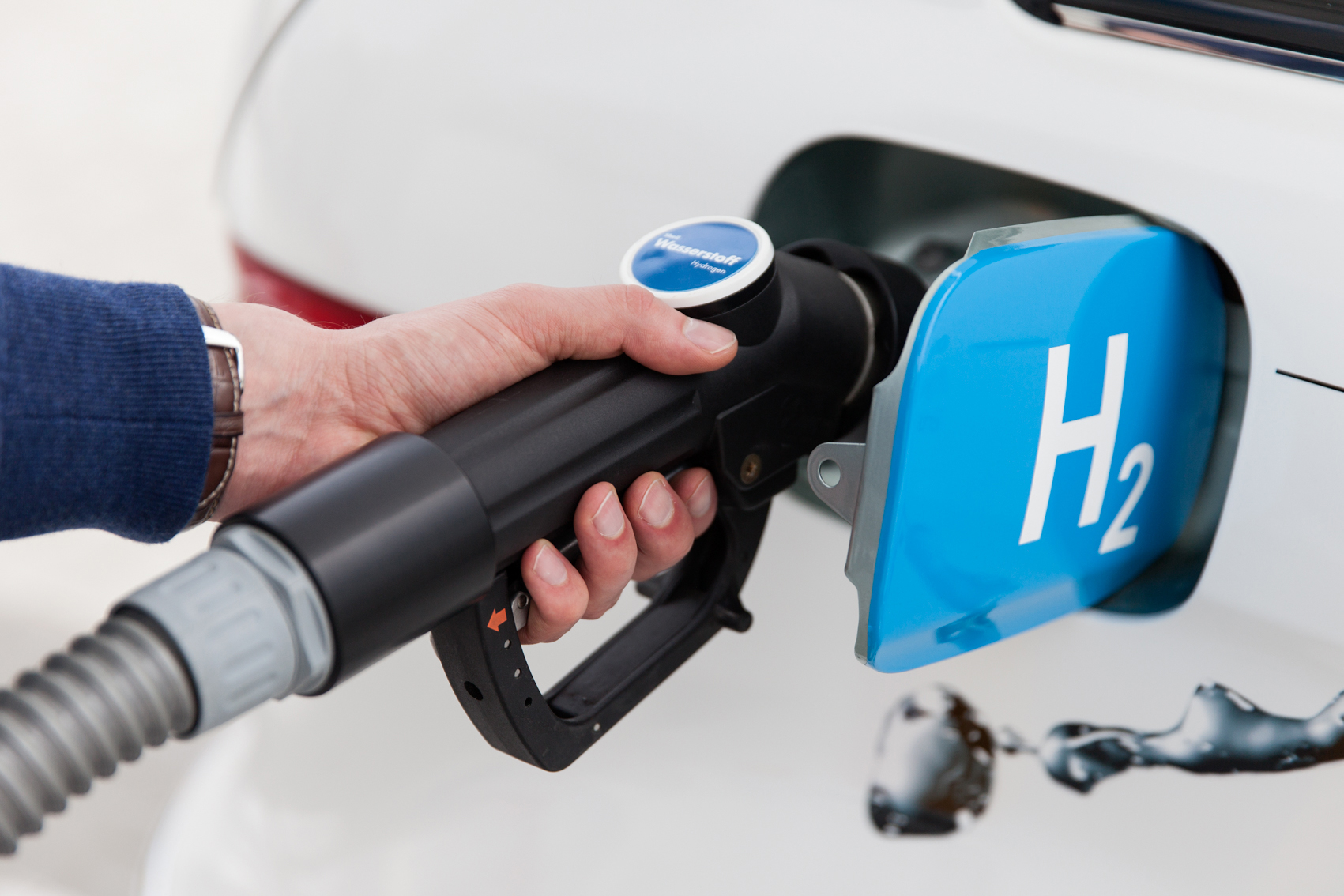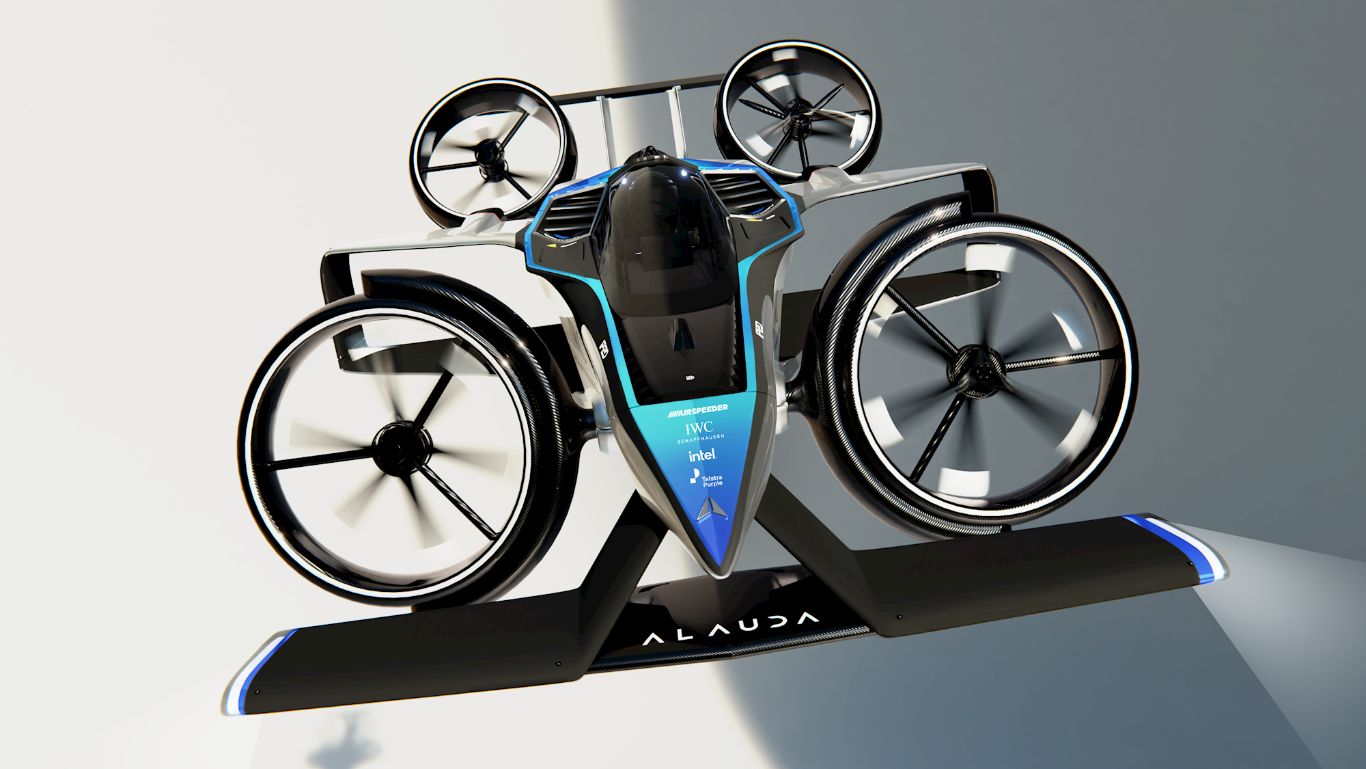Ford engineers have made a breakthrough in electric vehicle technology by demonstrating that heating surfaces can significantly reduce energy consumption in the interior of electric vehicles. The test, conducted as part of the EU project CEVOLVER (Connected Electric Vehicle Optimised for Life, Value, Efficiency and Range), showed that energy consumption could be reduced by 13% in an electric delivery vehicle equipped with heated armrests, floor mats, door panels, sun visors, and a heated steering wheel.
Ford’s statement indicated that using heated surfaces could increase the range of electric vehicles by 5% in cold weather conditions compared to a conventional heater fan. The study also revealed that heated surfaces were more efficient than air heated by an electric heater fan, which can easily be lost when vehicle doors or windows are opened, leading to increased energy consumption as the cold air that flows in must be reheated.
See also: ZF Introduces Heated Seat Belt Option for Electric Vehicles to Increase Range and Comfort
To simulate real-world conditions, testers opened and closed the vehicle doors hundreds of times, imitating the typical working day of a courier driver or tradesperson. The test was carried out in and around Cologne, Germany, and included different weather conditions, such as winter and summer, on dry and wet roads, heavy rain and wind, and various operational profiles such as ‘parcel deliveries’, ‘general cargo deliveries,’ and a one-day ‘tradesman job’ 350 kilometres away.
According to Markus Espig, Systems Engineer, Propulsion Systems Engineering, Ford Research and Innovation Centre Europe, reducing energy use would not only improve the range of electric vehicles but also reduce costs and make travel more sustainable. Heated surfaces come into direct contact with passengers and can deliver their heat without detours, making them more efficient in theory and in practice.
While heated seats and steering wheels are commonly used in electric cars, heated armrests, floor mats, or door panels are still not widespread, and only a few luxury models feature heated armrests. Earlier this year, automotive supplier ZF announced the development of a heated seat belt, which could further improve the efficiency of heating technology in electric vehicles.
See also: Hyundai MobeD, new mobility platform can elevate its wheels to navigate uneven surfaces
As electric vehicle technology continues to evolve, innovations like heated surfaces could play a crucial role in reducing energy consumption, extending range, and making electric vehicles more practical and accessible for a wider range of users.


